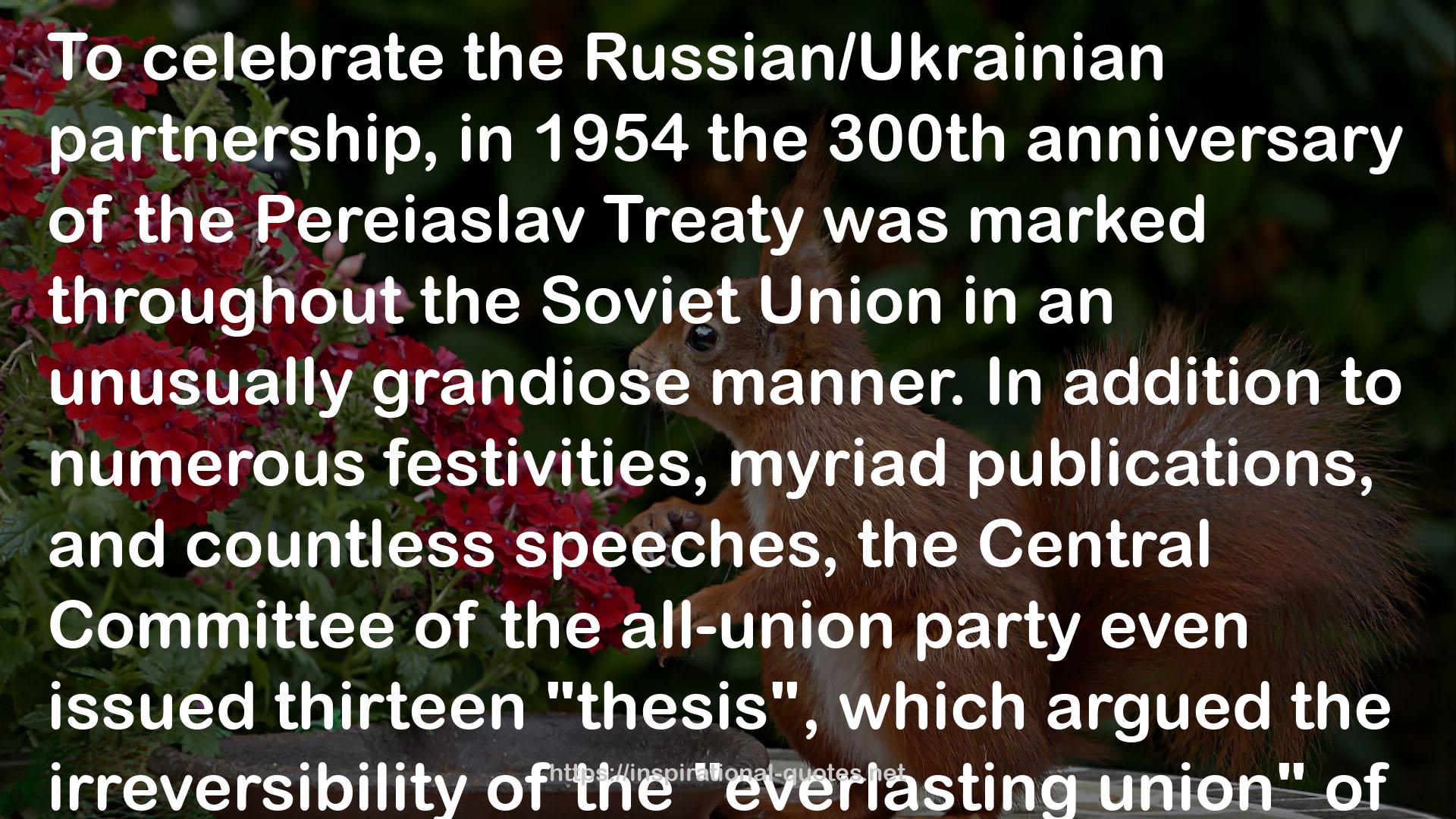Ukraine: A History QUOTES
SOME WORKS
- Jesus' Plan for a New World: The Sermon on the Mount
- The Great Themes of Scripture: Old Testament
- Yes, and...: Daily Meditations
- Simplicity: The Freedom of Letting Go
- What the Mystics Know: Seven Pathways to Your Deeper Self
- The Great Themes of Scripture: New Testament
- Every Thing Is Sacred: 40 Practices and Reflections on the Universal Christ
- The World, the Flesh and the Devil: What Do We Do With Evil?
- Richard Rohr: Essential Teachings on Love (Modern Spiritual Masters)
- Hope Against Darkness: The Transforming Vision of Saint Francis in an Age of Anxiety

